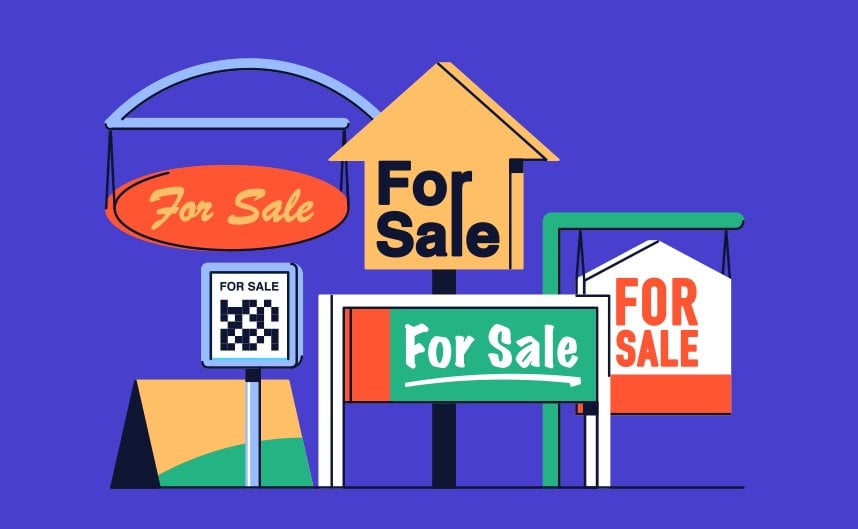Climate impact
Although natural disasters took the nation by storm in 2021, some states were hit harder than others. Dealing with weather-related catastrophes isn't new for high-risk states like Florida and California, but the sheer amount of claims are pushing carriers to inevitably raise rates to be able to accurately assess risk and even pull their presence from heavily impacted states.
United Property and Casualty Insurance Co., one of Florida’s largest carriers, reported that it would stop writing new homeowner business[10] in the state while also asking for a 22.6% rate increase on some policies.[11] The carrier blamed hurricane losses, higher loss-adjustment expenses and reinsurance costs for the rate hike and pullback. In February, Progressive announced that it would drop homeowners coverage for more than 56,000 older homes across the state.[12] Other carriers like the Florida Farm Bureau, TypTap Insurance and People’s Trust Insurance have also stopped writing new policies in the state.
California is also seeing carriers increase rates and halt writing new business in the state as well. Fifteen of the state’s top 20 most destructive wildfires happened in the last six years, with almost 9,000 fires burning 2.5 million acres in 2021. In December 2021, AIG announced that it would completely exit the state’s homeowners insurance market due to escalating wildfire risk.[13] Other carriers like Progressive, Chubb and The Hanover have suggested that they would scale back their exposure across the state as well.
But Florida and California aren’t the only states seeing significant rate hikes: four of the 10 biggest rate hikes across the country in December 2021 happened in Texas.[14] Homeowners in the Lone Star State saw rate hikes constantly since February 2021 due to the massive winter storm.
FEMA revamped its federal flood insurance program back in October 2021 as well, where millions of homeowners saw rate hikes to more accurately reflect current risks and close coverage gaps. With the intent to make it more expensive to develop in risky areas, it also makes it harder for homeowners already living in these areas to afford flood coverage. The agency said it plans to collect 50% more in premiums under the new program over time.[15]


